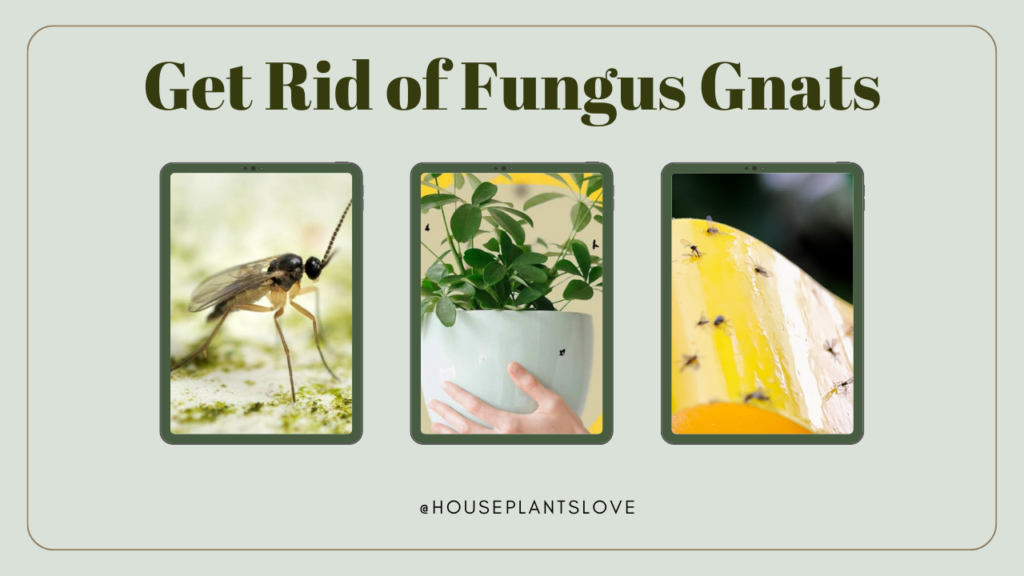As a delicate herb, baby sage plants are prone to fungal diseases like powdery mildew, downy mildew, and root rot. These fungal infections can quickly overtake young sage plants, causing leaf spots, discoloration, wilting, and stunted growth. Swift action is required to treat fungal diseases and restore the health of affected baby sage plants. Fortunately, gardeners have several effective options for combatting stubborn fungal growth.
Identifying Common Fungal Diseases of Baby Sage
The first step is recognizing the type of fungal infection impacting your baby sage Among the most prevalent include
-
Powdery mildew – Named for the white, powdery coating it creates on leaves. Prefers warm, humid conditions.
-
Downy mildew – Causes yellowing leaves with fuzzy, gray growth on leaf undersides. Spreads rapidly in cool, wet weather
-
Root rot – Fungal infection of the roots leading to dark, mushy roots. Causes wilting and dieback above ground.
Check for key signs like white powder, leaf spots with yellow halos, wilting, dieback, and poor growth Identifying the fungus is crucial for choosing the best treatment method
Organic Approaches to Managing Fungal Diseases
When dealing with fungal diseases on baby sage, organic and natural treatments are ideal to avoid chemical residues. Try these methods first:
-
Baking soda spray – Dissolve 1 tsp baking soda + 1 tsp liquid soap in 1 quart water. Spray leaves weekly. The alkaline solution disrupts fungal growth.
-
Milk spray – Milk contains enzymes that inhibit fungal enzymes. Mix 1 part milk to 9 parts water and spray leaves.
-
Garlic oil – Contains antifungal compounds. Mix several crushed garlic cloves in 1 tbsp vegetable oil. Strain and spray diluted oil on sage.
-
Neem oil – Natural oil with antifungal properties. Follow label rates for mixing and spraying every 7-14 days.
-
Compost tea – The microbes combat fungus. Brew compost tea per instructions. Use as foliage spray weekly.
Chemical Fungicides for Serious Infestations
For moderate to severe cases, chemical fungicides are stronger solutions. Use these when organic options haven’t resolved the issue:
-
Copper fungicides – Available as liquids or dusts. Coats leaves to prevent spore germination and spread of fungi.
-
Sulfur – Elemental sulfur sprayed on plants controls powdery mildew and other fungal diseases.
-
Chlorothalonil – Broad spectrum fungicide often used by commercial growers to control fungal leaf spots, blights, and mildews on vegetables and herbs.
Always carefully follow label instructions when using chemical fungicides around food plants like sage. Consider them a last resort if gentle, organic methods fail.
4 Key Tips to Prevent Fungal Diseases
Preventing fungal problems on baby sage plants is easier than treating them. Follow these proactive tips:
-
Avoid overhead watering and provide good airflow. Fungi thrive on wet foliage.
-
Disinfect tools between plants to prevent spread of spores.
-
Remove and destroy infected foliage promptly. Don’t compost diseased plants.
-
Grow sage varieties bred for disease resistance when available.
With vigilance and early intervention, you can keep annoying fungal diseases at bay and enjoy robust, healthy baby sage plants. Act quickly at first signs of infection and utilize organic solutions when possible. Achieving the right growing conditions is also paramount. A proactive, integrated approach combining proper cultural practices, sanitation, and targeted treatments when necessary offers the best protection against fungal invaders.

Try Our Recipe for a Homemade Baking Soda Spray
One unwelcome visitor to my garden at this time of year is powdery mildew. Here’s how to control this plant disease with natural remedies, including a homemade baking soda spray treatment.
Causes of Powdery Mildew
The lack of powdery mildew on my phlox is probably due to the fact that it is not caused by just one fungus but by several different species that affect different kinds of plants. The powdery mildew that you find on your squash is not the same as the mildew on your beans or roses.
Cucurbits such as pumpkins, squash, cukes, and melons have three different powdery mildew fungi gunning for them that can thrive in both humid and dry weather. The spores of the fungi are windborne and can’t really be avoided. No wonder the squash gets hit every year!
Prevent & Treat Powdery Mildew and 4 Home Remedies that Work!!
FAQ
How do you treat sage fungus?
How do you get rid of fungus on plant leaves?
What is the white fuzz on my sage plant?
How do you treat fungus on houseplants naturally?
How do I prevent powdery mildew on garden sage?
Prevention of disease is always the best first step. Ensure that sage is planted in a full sun situation with good soil drainage and excellent air circulation. In the case of powdery mildew on garden sage, good air circulation must be continually monitored.
How can I get rid of toenail/fingernail fungus naturally?
Home remedies you can use to get rid of toenail fungus are using active ingredients (camphor and eucalyptus oil, ex vapo rub) may help treat toenail fungus. Second, is Tea trea oil is an essential oil with antifungal and antiseptic abilities. Paint the tea tree oil directly to your affected nail twice daily. Third, you may treat toenail fungus with garlic by placing chopped or crushed garlic cloves on the affected area for 30 minutes daily.
How do you get rid of neem fungus?
You can buy pre-diluted neem oil or opt to purchase a concentrate and mix it with water yourself. Use an old spray bottle to spray the foliage with the mixture on a regular basis and apply liberally on the soil until the infestation appears under control.
What does powdery mildew on garden sage look like?
Powdery mildew on garden sage appears as the temperatures increase in late spring. It is a fungal disease. In the early stages, it looks like dusty white spots on the upper surface of the leaves. As it develops, entire leaves will be coated with the fungus and it leads to leaf drop and deformed new growth.
